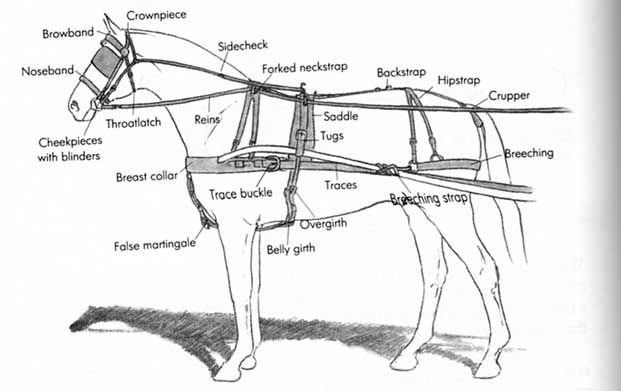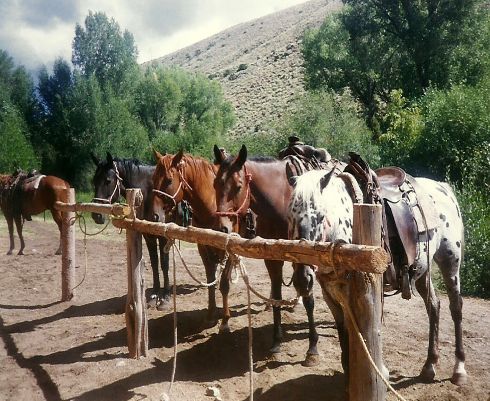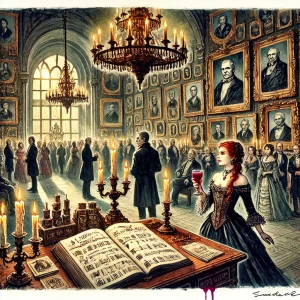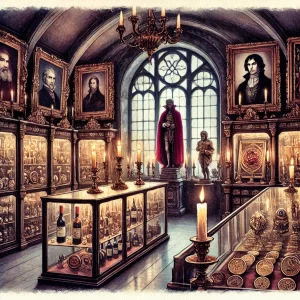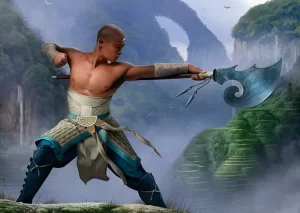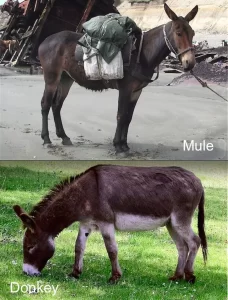
In the heart of a bustling, vibrant town, where the streets teem with life and the laughter of its inhabitants fills the air, under the watchful eyes of the ever-moving sun that bathes the streets in a golden glow, lies a peculiar yet essential aspect of everyday life. An array of single posts and wooden rail posts, standing firm and patient, each one possessing an unspoken character and story, await their daily duties. These unassuming yet essential guardians are scattered strategically across the town, near the hubs of life and laughter, the raucous taverns filled with joyous revelry, forbidding jails that echo with the clank of iron, cozy inns that welcome the weary traveler, and bustling markets alive with the voices of tradesmen and customers.
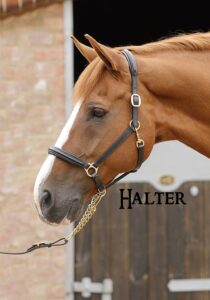
These wooden posts are far more than mere constructions. They are living testament to the profound understanding between man and beast, an eternal symbol of trust and care, a manifestation of an age-old relationship that transcends mere utility and convenience. They echo a shared history that dates back to the dawn of civilization, to the time when mankind first gazed upon the wild horse's untamed beauty and decided to forge a bond based on mutual respect and dependence. They stand as silent reminders of a connection that binds the human soul to the natural world, an alliance that has shaped the very essence of human progress and culture.
Tying up a horse is not a task taken lightly. It's an art infused with wisdom and respect for the creature's strength and nature, passed down through generations of horsemen and women who have learned to see the world through the horse's eyes. One does not simply bind the horse's reins to the post, for a sudden jerk of its powerful head, a symbol of its untamed spirit and strength, could snap the delicate reins and cause injury to the majestic animal that has carried its human counterpart across vast and treacherous distances.

Instead, the process is done with profound consideration, grace, and a deep knowledge of equine behavior that comes only with years of experience and observation. If you are familiar with the temperament of your horse, knowing that it's calm and unlikely to spook, you may give the reins a couple of gentle wraps around the rail, carefully ensuring its comfort, adjusting to its subtle movements, listening to its soft whinnies. This seemingly simple act requires a keen understanding of the horse's unique character, an implicit trust that it will remain content and untroubled in your absence, and an intuition that speaks a language deeper than words.
But if there's any doubt, if the horse is known to be skittish or uneasy, restless from a long journey or uncomfortable with the unfamiliar surroundings, then greater care must be taken. It requires the removal of the bridle and the attachment of a halter with a lead rope, crafted by skilled hands that have spent a lifetime working with these noble creatures. This is not a hasty process but one performed with deliberate patience, gentle hands, and a heart that understands the very soul of the horse, its fears, its joys, its unspoken yearnings.
The choice of knot is vital too; a slip knot is favored for its quick release, allowing a swift response should the need arise, practiced fingers creating the loop with deft precision. It's a technique passed down through generations, a blend of practicality and empathy, signifying that even in restraint, the horse's well-being is paramount, its dignity preserved.
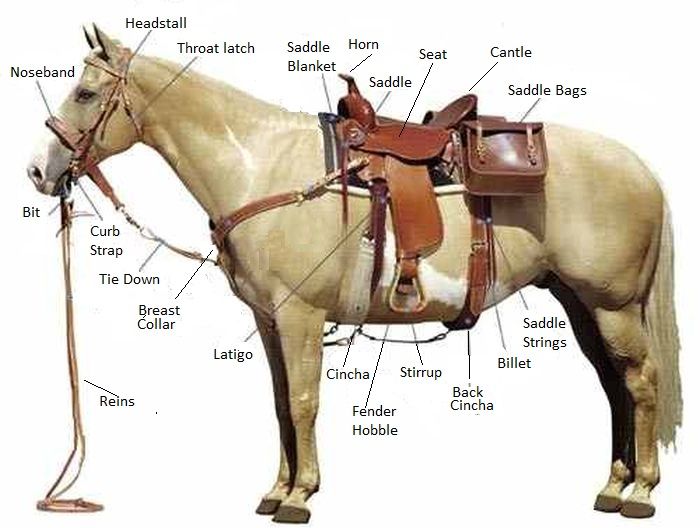
Equally essential is the length of the lead rope provided, usually 2 to 3 feet, carefully measured and adjusted by hands that have tied and untied it countless times, in rain and shine, in joy and sorrow. Too much, and the horse may trip, losing its footing and possibly injuring itself; too little, and it could become agitated or panicky, its eyes wide with confusion and fear. It's a delicate balance that requires understanding, compassion, and a silent communication between human and horse, speaking a language that transcends barriers, connecting on a level that only true empathy can achieve.
As you wander through the town, strolling along the cobbled streets, pausing to gaze at the intricate dance between man and animal, you begin to realize that these posts are not just functional objects. They are the manifestation of something far greater, something ethereal and timeless. They represent a bond that goes beyond mere ownership or utilitarian need, one that speaks of companionship, respect, and love.
These wooden posts stand as silent guardians, unassuming yet significant, holding within their fibers the unspoken stories of countless travelers, adventurers, farmers, and knights, and their loyal steeds. They bear witness to the tears and joys, the arrivals and departures, the love and heartache, the unbreakable connection that links the lives of those who pass by, binding them in shared existence and mutual trust.
In their simplicity, they are profound, in their silence, they speak volumes, and in their duty, they remind us of the delicate balance that we must always strive to maintain with those creatures that grace our lives with their beauty, strength, and unspoken understanding.
